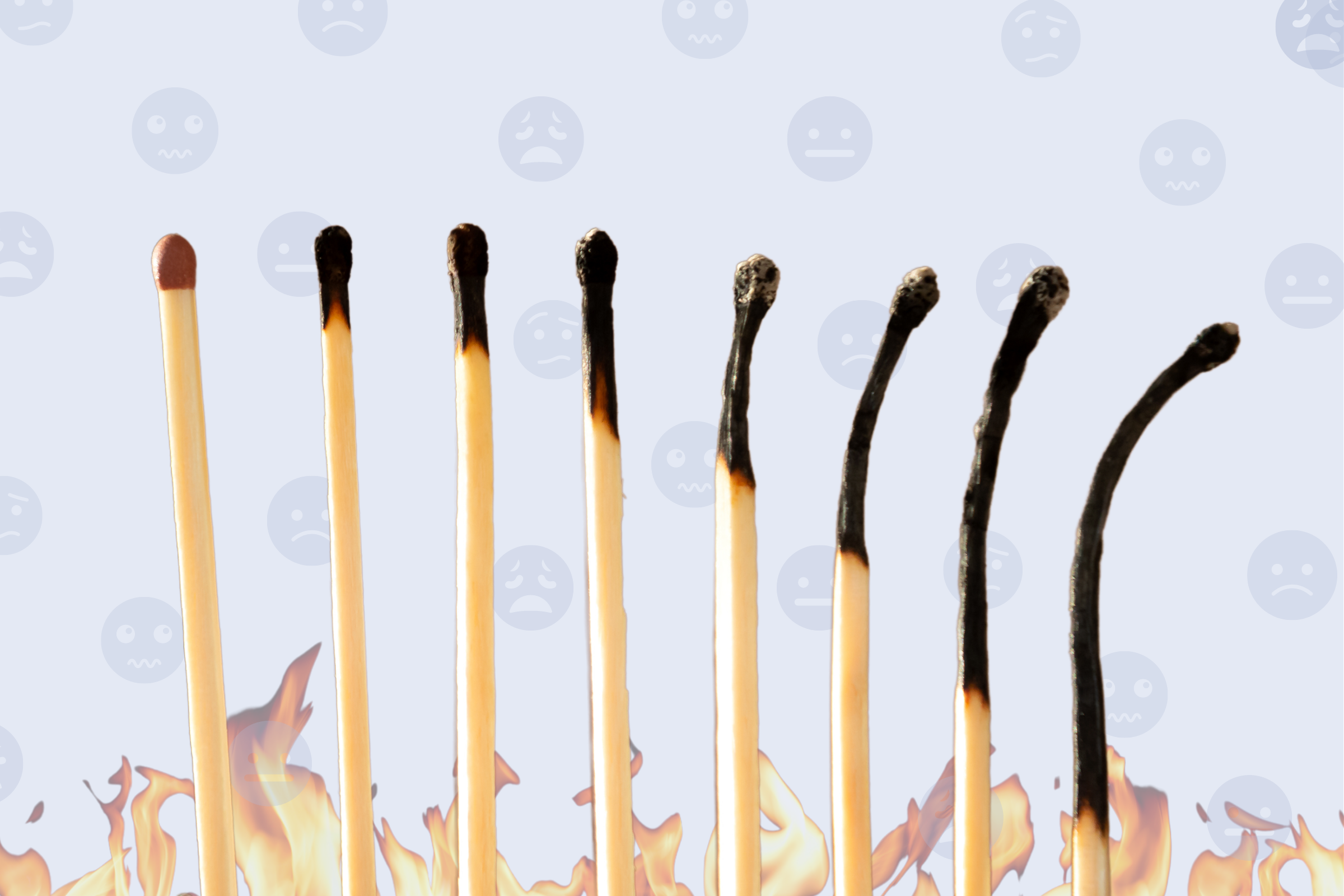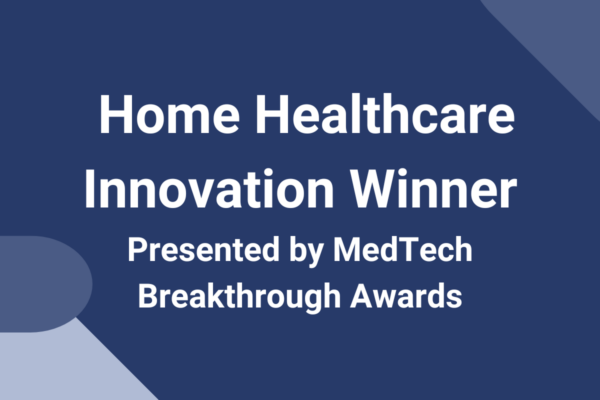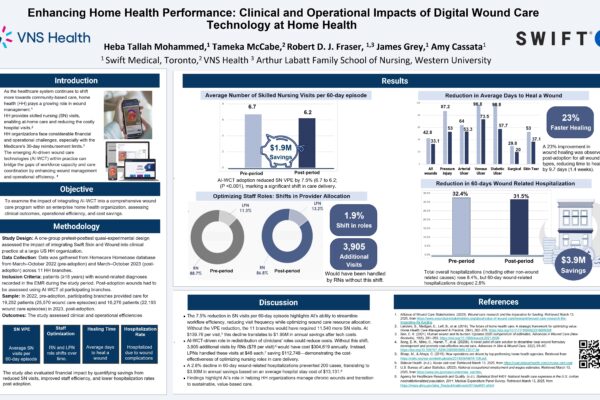A recent survey of healthcare workers by Mental Health America found that:
- 93% were experiencing stress,
- 86% reported experiencing anxiety,
- 77% reported frustration,
- 76% reported exhaustion and burnout, and
- 75% said they were overwhelmed.
Even pre-pandemic, burnout was a major factor for nurse retention. A 2018 study found that 30% of nurses left their jobs because of burnout. The Bureau of Labor Statistics reports that the average tenure of a nurse in home health is only 19 months. According to the NSI National Health Care Retention and Staffing Survey, the average cost to recruit new nurses exceeds $50,000 and can take upwards of 85 days.
Sadly, COVID-19 has put even further strain on home health nurses. Older adults and high-acuity patients are choosing to avoid institutional care due to the new risks. Any factor that moves the needle on healthcare professional burnout clearly has a profound potential to impact patient outcomes and the bottom lines of organizations. Chief among such factors is technology.
Technology’s impact on burnout: a double-edged sword
Technology can be both a cause and relief of stress, anxiety, and frustration (anyone struggling with an uncooperative computer can attest to the former).
Whether tech hurts or helps often boils down to the idea of usability. Most of us can probably think of an example of this in our daily lives, but the notion isn’t just anecdotal. A 2020 study in the Journal of Medical Internet Research provided evidence supporting the link between less-useable tech and healthcare professional burnout.
The majority of home health organizations today use some form of electronic charting and documentation solution. Nurse satisfaction with these solutions, however, is far from uniform. This dissatisfaction is often compounded when they are asked to use multiple, un-integrated tools for specialized tasks, such as wound care.
How to approach usability
There is tremendous value in keeping empathy front of mind when producing technology. In home health, this means creating a wound care platform that integrates into existing clinical and technical workflows. The software developers at Swift Medical work side-by-side with clinicians (many of whom were former home health nurses) to ensure that Swift is designed with clinical usability as a key priority. From ensuring usability with only one hand, to making our full solution functionality available offline, Swift is built to meet the real world needs of our users. To that end, we are always looking for opportunities to better integrate our solution into existing technology. Our recently announced partnership with Homecare Homebase has opened the door to deliver unparalleled integrations with one of the leading home health EMRs on the market.
Our mission: tech that makes the lives of nurses and frontline staff easier. The result: less burnout and improved staff satisfaction. But don’t just take our word for it, a survey of clinicians showed a 60% increase in staff satisfaction after implementing Swift over their previous method for wound management and more than 85% felt it made their jobs easier.
The future of usability and burnout in healthcare tech
We predict that usability will be a major issue in the next few years as clinicians will start demanding the same sleek user interfaces in clinical applications that they enjoy with their smartphones. COVID-19 pushed healthcare and practically every other industry to the limits. Organizations that treated technology as a convenience now realize that it could be closer to a necessity—not only to stay competitive but to keep a rapidly evolving workforce happy and productive.
To find out how implementing Swift can reduce burnout and improve staff satisfaction at your organization, book a demo with our team.





